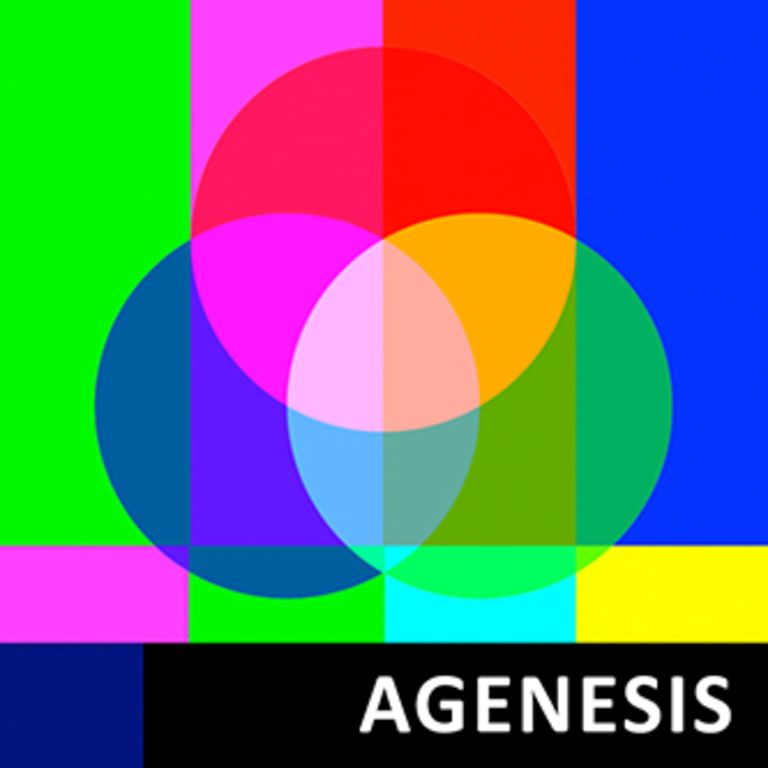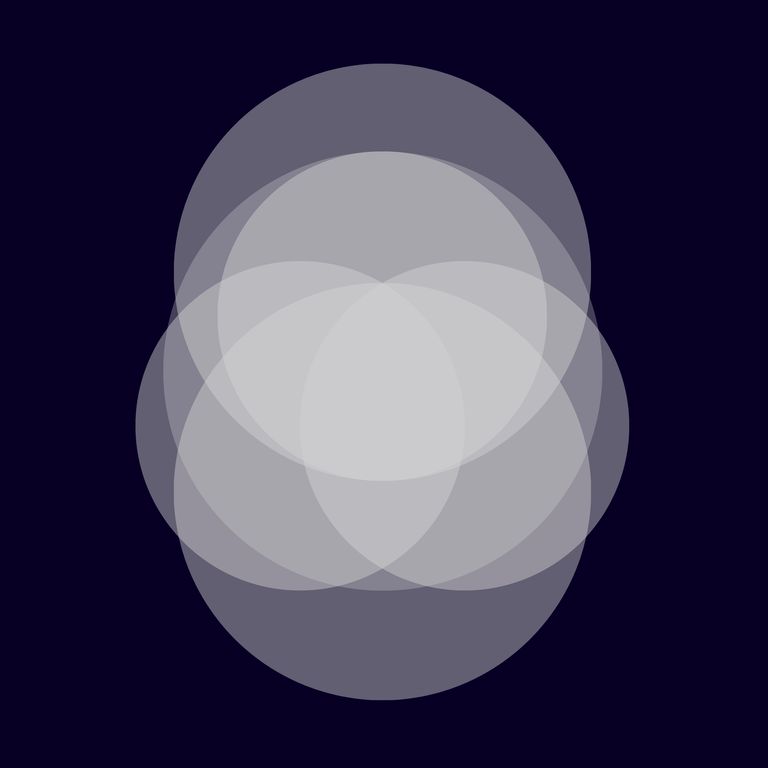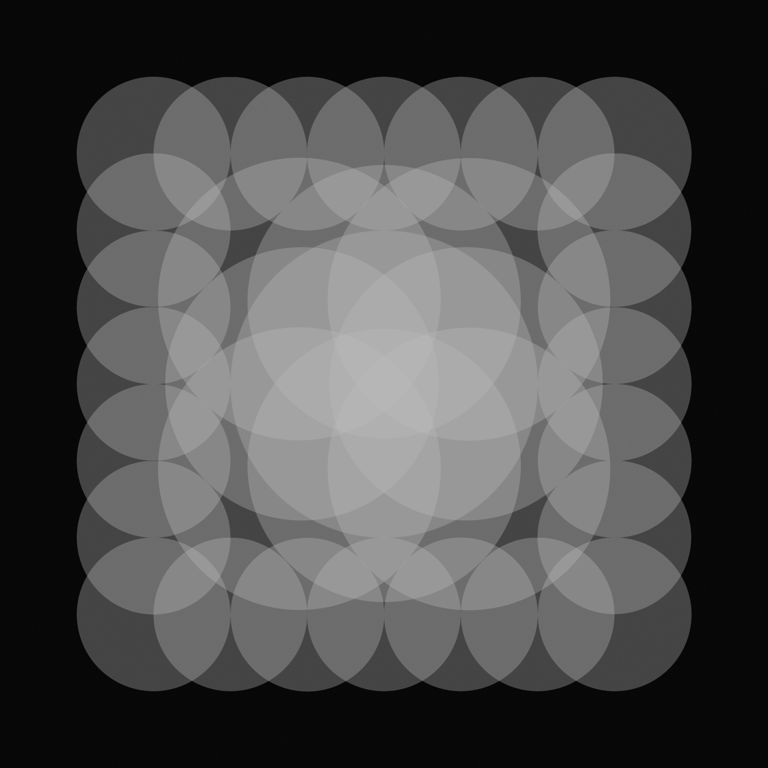
Bergen Åpen Form Paviljong av Luft
Audiowork / Sound walk accessible via Echoes app
Duration variable
Specific installation area: 68m long x 17m wide
Located at Bergenhus Festning Sverresborg , Bergen, Vestland, Norway, 2023
Developed in association with Bergen School of Architecture (Norway) as part the Cross Course with students PetterTakvam, Vida Boogh & Gunhild Korsøen
Access the work here and open it in the echoes app (not a browser)
Launched: 24 February 2023
Part of Open House Bergen festival 9-10 September 2023
The Pavilion is easy to access, just:
1. Download the Echoes app
2. Grab a mobile phone & headphones
3. Download the audiowork in the app (not a browser) using the link or QR code, save it to your phone so then its ready to open when at the location in Sverresborg Festning (above Bergenhus area)
Part of the pan-European Open Form Pavilion of Air series














